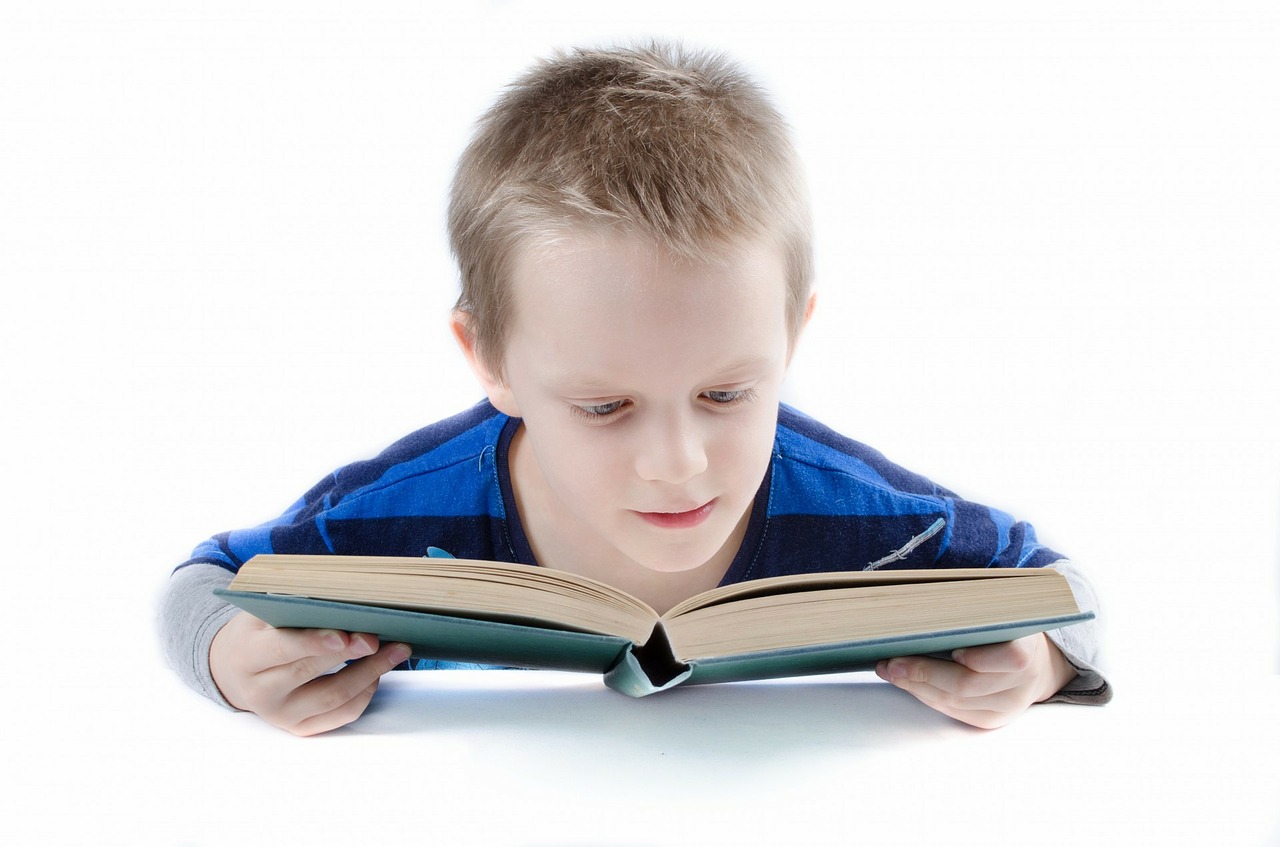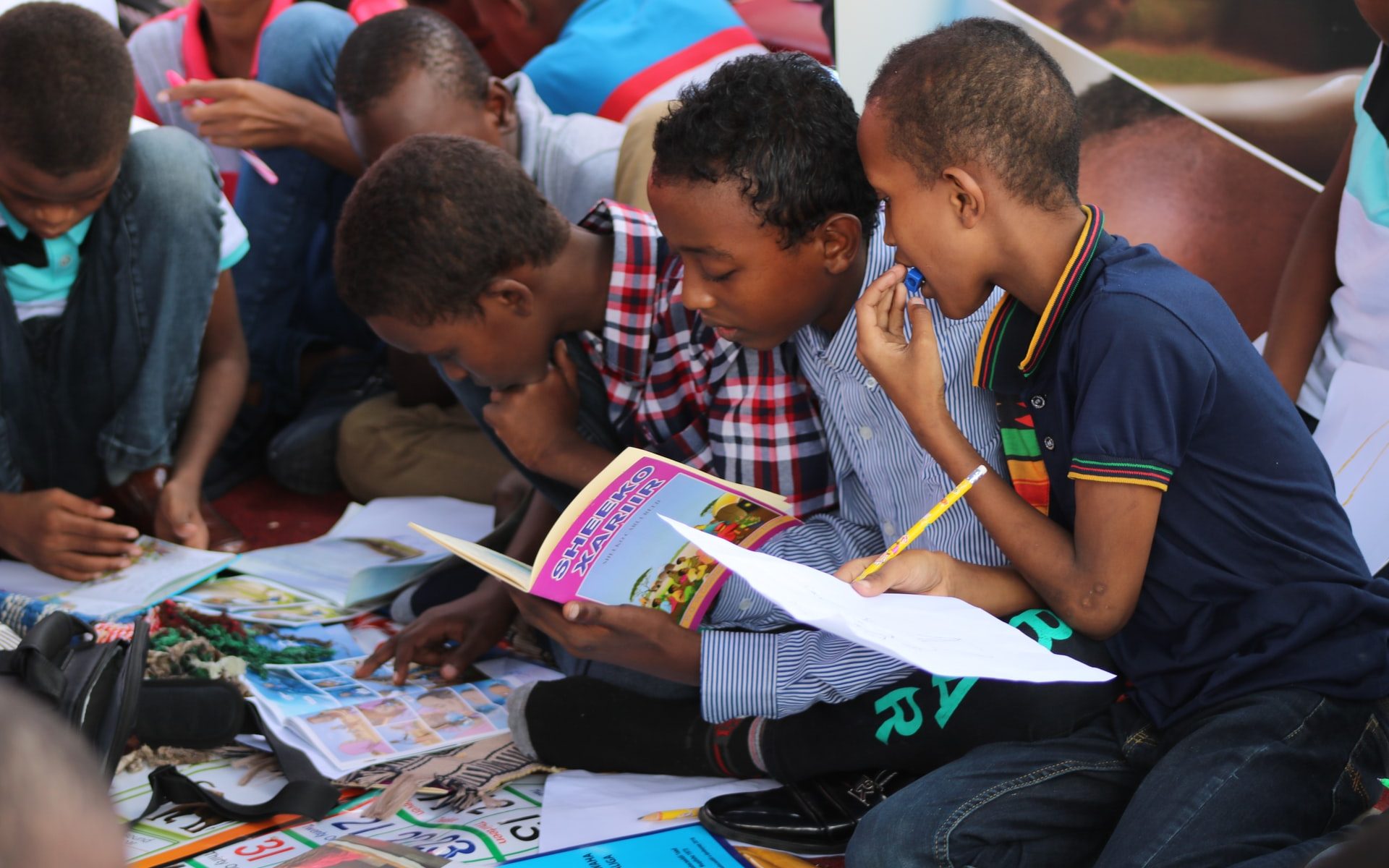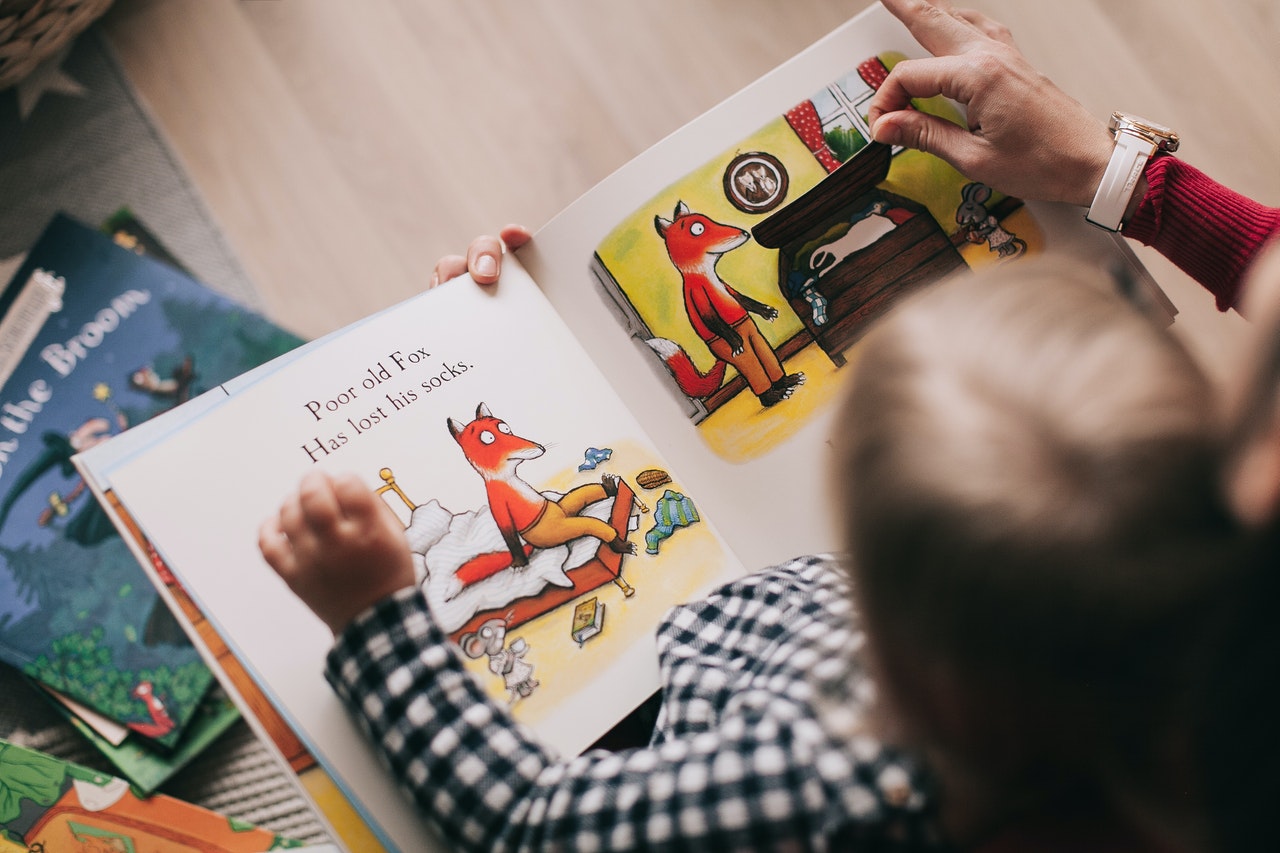Onset and rime are terms that technically explain the phonological units of a spoken syllable. Syllables are normally split up into two parts, the onset and the rime.
Onset- the initial phonological unit of any word which contains the initial consonant or consonant blend. However, not all words have onsets.
Rime- the string of letters that follow the onset which contains the vowel and any final consonants.
E.g. In the word cat, c- is the onset and -at is the rime.
Understanding onset and rime, and rhyming, builds learners’ awareness of common word parts. Exposing learners to word families lays a foundation for automaticity in decoding and helps with spelling and writing. Beginning to blend and segment by onset and rime sets the foundation for the advanced phonological awareness assignments of blending and segmenting by phoneme, leading to decoding.
Why Do We Use Onset and Rime
Onset and rime are used to improve phonological awareness by helping kids learn about word families. Phonetical awareness is an essential skill used to hear sounds, syllables, and words in speech. This can help learners decode new words when reading and make it easier for them to spell words when writing.
What are Word Families?
Word families are clusters of words that have a common feature. E.g. cat, hat, sat, and mat is a family of words with the sound and letter combination “at.” Being able to recognize common phonetic sounds is the foundation for creating strong spelling skills.
There are many combinations of word families, these are 37 of the most common:
Ack, ake, all, ale, an, ame, ain, ank, ap, ash, at, ate, aw, ay, eat, ell, est, ice, ick, ight, ill, ide, ill, in, ine, ing, ip, ink, it, ock, op, oke, ore, ot, uck, ug, unk and ump.
What strategies do you use to teach kids about onset and rime?










